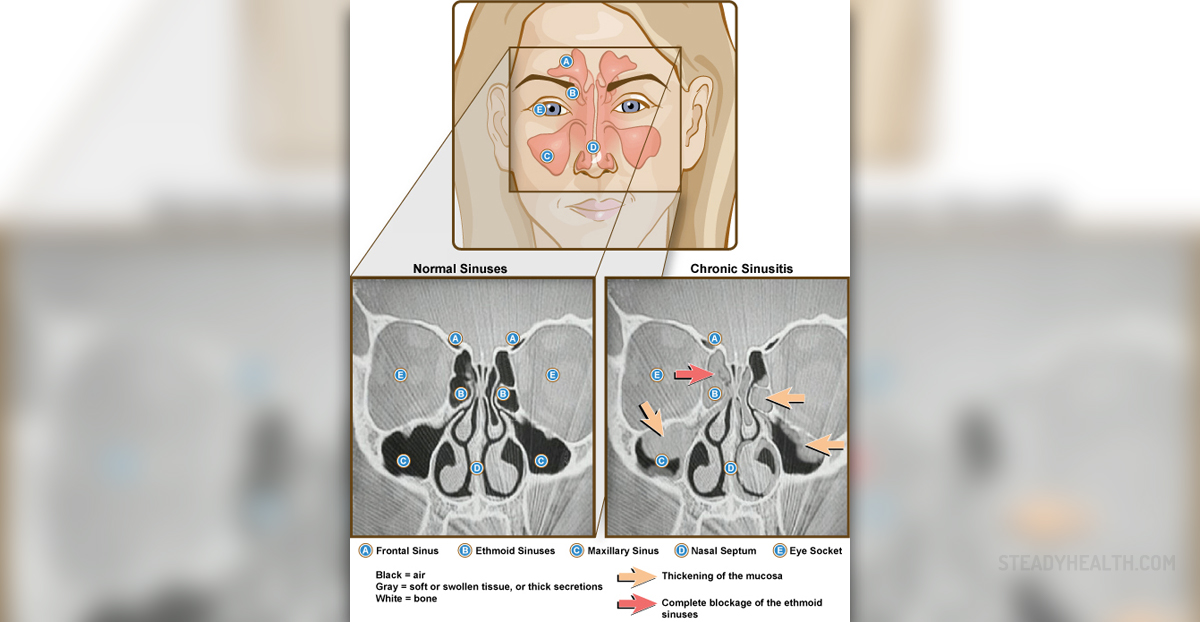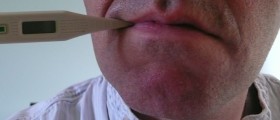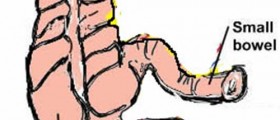
Introduction
Sinusitis is an inflammation of the sinuses with a variety of possible causes. There are several sinuses present in the head and all of them can get inflamed. If the diagnosis of sinusitis is set on time and the treatment is appropriate, the patient will most definitely feel better in short period of time. However, as in any other infection even sinusitis may lead to certain complications. The complications usually affect the nearby structures such as bones and intracranial cavity.
Orbital Complications
Orbital complications usually develop after the sinusitis of ethmoid sinuses. Additionally they can result as a consequence of inflammation of frontal or maxillary sinuses. Orbital complications occur after the infection has spread directly onto the orbit and its contents and include preseptal cellulitis, orbital cellulitis, subperiostal and orbital abscess. The worst possible complication is thrombosis of the cavernous sinus. This is severe life threatening condition. If the infection has spread onto the orbit and affected the eyes patient will experience some of the following symptoms and signs: redness and swallowing of the eye lids, proptosis, ophtalmoplegia and pain of the affected eye. Majority of orbital complications are treated surgically and the patients are closely monitored.
Intracranial ComplicationsThe infection can spread from the sinuses into the intracranial cavity and affect brain membranes or brain tissue. The patient can end up with meningitis, subdural empyema or abscess, and cerebral abscess. Sphenoid, frontal and etmoid sinuses are the places from which infection most commonly originates. All of the intracranial complications are followed with the increased intracranial pressure. The patients complain about headaches, they vomit a lot and their neck is stiff. According to the infective agent that has led to sinusitis and consequent complication the patients are administer high doses of intravenous antibiotics. In case of seizures the patient are administered anticonvulsants. After the complications are dealt with, a doctor tries to find the sinus that is responsible for the complications and he/ she drains the sinus.
Complications to the Bones
The infection can spread from the sinuses onto the surrounding bones. In case that infection affects the bones osteomyelitis develops. The infection of frontal sinus is most commonly connected to osteomyelitis. The infection is transmitted via blood or directly. This severe complication is usually treated with intravenous antibiotics that are administered for longer period of time. The sinus that is the original place of the infection is drained. In case that antibiotics cannot deal with the infection properly certain patients require surgical debridement of the affected bone.

















Your thoughts on this
Loading...